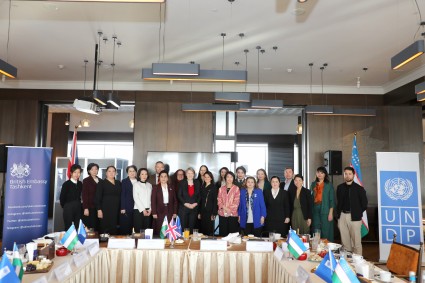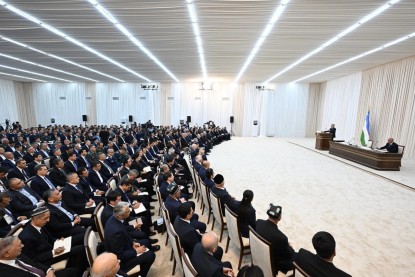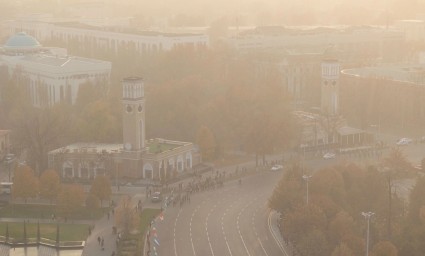Public-private partnerships in pumping station management will be expanded in Uzbekistan, according to a presentation on water management digitalization given to President Shavkat Mirziyoyev on Tuesday.
By 2026, 50% of pumping stations in the Jizzakh, Kashkadarya, Navoi, Namangan, Samarkand, and Syrdarya provinces are planned to be transferred to private partners, and by 2027, all pumping stations in the Namangan province will be transferred to private entities.
As part of this initiative, a pilot Chartak Experience project, based on the principle of "one pumping station, one system," will be implemented in the Chartak district of Namangan province.
Private partners will ensure water supply within established limits, and 40% of the water tax collected from areas connected to the pumps will be transferred to the partner. These funds will be used to automate water metering and modernize pumping stations.
Water Workers' School project will be implemented to explain the nature and benefits of the experiment to farmers. In 2025-2026, one training and demonstration field will be established in each district, for a total of 141 fields covering a total area of 3,500 hectares.
The head of state instructed officials to accelerate the digitalization of the industry, fully automate accounting and reporting, improve the efficiency of on-site services, expand the practice of public-private partnerships, and strengthen employee accountability.
In September, Shavkat Mirziyoyev inspected the of the Aikiron-1 pumping station modernization project in the Namangan province. New energy-efficient units and modern equipment were installed there under the public-private partnership, allowing for energy savings of up to 40%. Furthermore, the pumps have a greater water delivery capacity, expanding irrigated areas and contributing to increased crop yields.
The president ordered that all stations in the province be upgraded within two years and that this practice be expanded throughout Uzbekistan.
In April 2023, the president criticized the energy consumption of irrigation pumping stations, which receive $500 million in subsidies annually, and ordered to transfer of 300 pumps to private entities.
The presidential press service reported at the time that pumping stations accounted for 63% of water consumption. Irrigation consumes 7 billion kWh of electricity annually (in 2025, this figure was reported to have dropped to 6.5 billion, with annual production of 77.7 billion kWh). Since 80% of water pumps are outdated, energy consumption is high.
To address this issue, the modernization of 12 large pumps is planned, along with the installation of 75-100 MW solar power plants and 50 MW storage systems nearby. This will reduce pump energy consumption to 4.5 billion kWh per year. The first such projects will be implemented on the Karshi Main Canal, where the cost of water supply is particularly high.













